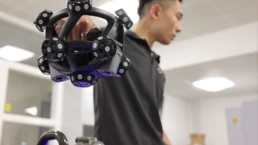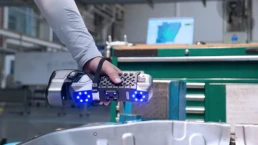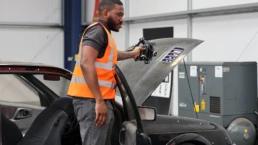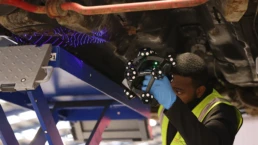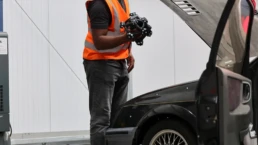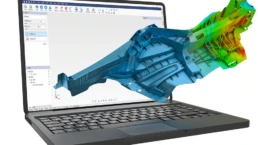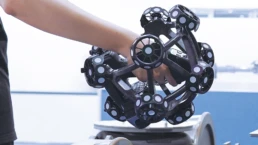3D printing and scanning has such versatility that its used within a wide range of industries.

Last month, TCT Magazine shared an article discussing how Weta Workshop, a renowned special effects and prop company, who had used 3D printing to bring the Lara Croft character to life as part of Tomb Raider’s 25th anniversary.
Within the development of the ¼ scale statue – named ‘Lara Croft The Lost Valley’ – 3D printing was a widely used technology that was used. Senior 3D Printer Operator, David Duke, of Weta Workshop discussed with TCT Magazine how he worked closely with in-house sculptors, model makers and moulding/casting teams to investigate and identify how a digital 3D asset can be dissected into pieces to get the best representation of the original sculpture.
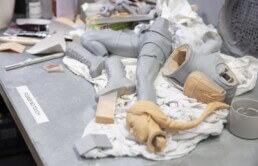
Discussing how long Weta Workshop have been utilising 3D scanning and 3D printing within their development process, David commented: “We have been utilising 3D printing since before I arrived at Weta Workshop back in 2009, but it’s only been an integral part of our pipeline since about 2013…Before that we were using a lot more hand-crafted and subtractive manufacturing techniques and only outsourcing parts for 3D printing if it was necessary.” He continued: “We have scanning available and use it when we need to capture an element of a sculpture or a hero prop. But mostly, if the collectible is being sculpted digitally, we’ll be using digital assets that we produce or are given to us by the client.”
Through the process of completing final painted prototypes, the team at Weta Workshop spent over 2,800 hours over a 10-month period, which included sculpting, testing 3D print textures and working with 3D models to help identify sculptural fittings, such as where the armature will sit inside the sculpture.


